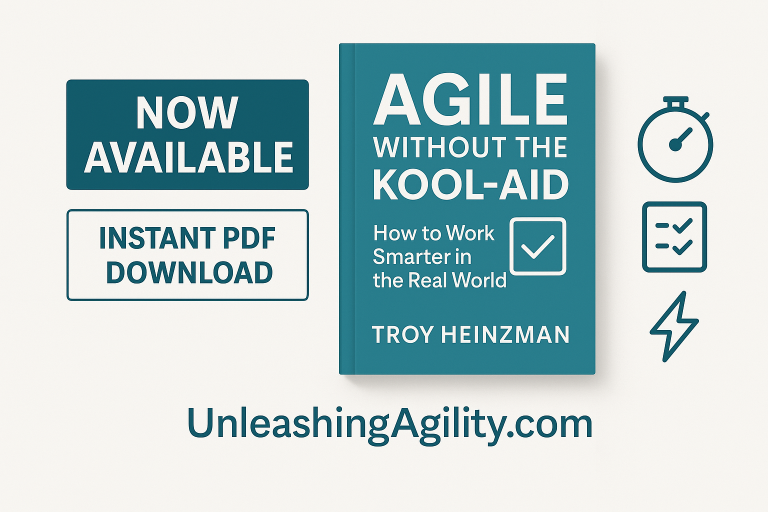Good day, Agile aficionados! As we don our explorer’s hat for today’s expedition into the Agile realm, let’s turn our gaze towards an often overlooked but crucial cornerstone of Agile success – the Agile Project Management Office (PMO). And more specifically, why it should report directly to the Chief Operating Officer (COO).
The Agile PMO – A Catalyst for Transformation
The Agile PMO is akin to your company’s seasoned guide, directing your organization through the unpredictable wilderness of Agile transformation. Traditional PMOs are like well-planned roadmaps. They offer a fixed, pre-charted course to follow. But an Agile PMO is more like a compass, providing direction while allowing for the flexibility and adaptability that an Agile journey requires.
This dynamic entity enables a holistic, Agile-oriented mindset, cultivating an environment that encourages collaboration, flexibility, and continuous improvement – all essential ingredients for Agile success.
But why should this Agile beacon report directly to the COO? Let’s dive into the reasons.
The COO – The Natural Habitat for Agile PMO
The COO, with their broad operational oversight, is in an ideal position to appreciate and nurture the Agile PMO’s cross-functional, holistic approach. Here’s why.
- Wide Operational Scope: The COO oversees a broad array of operations across the organization, and the Agile PMO, with its cross-functional, end-to-end project management, naturally aligns with this expansive view. Reporting to a specific department like IT or Marketing could risk limiting the Agile PMO’s perspective and influence, reducing its effectiveness.
- Bigger Picture Perspective: The COO maintains a company-wide perspective, necessary for driving Agile transformations. The Agile PMO benefits from this broad viewpoint, preventing it from becoming siloed within a single department’s viewpoint.
- Fostering Cross-Functional Collaboration: Agile thrives on cross-functional collaboration, and by positioning the Agile PMO under the COO, the office can easily collaborate with different departments. This empowers the PMO to promote an Agile mindset across all teams, not just within one department.
- Change Management: An Agile transformation is a significant organizational change. The COO, equipped with knowledge and authority spanning the entire business, is well-positioned to drive this change. The Agile PMO, as the agent of this change, naturally aligns with the COO’s strategic change management role.
The PMO-COO Alliance: A Beacon of Success
Imagine your company as a large ship, sailing the high seas of today’s competitive market. The COO is your captain, steering the ship and plotting the course. Meanwhile, the Agile PMO is your navigator, expertly reading the Agile compass and adjusting the sails as necessary.
When your Agile PMO reports to the COO, you create an efficient, effective alliance that can guide your ship through any weather, navigate any obstacles, and ultimately reach the destination of Agile success.
The road to Agile is a journey, filled with unexpected twists and turns. But with the Agile PMO and the COO united at the helm, your organization can chart a course towards a future that’s Agile, adaptive, and prepared for anything that comes its way. Happy sailing, Agile adventurers!






